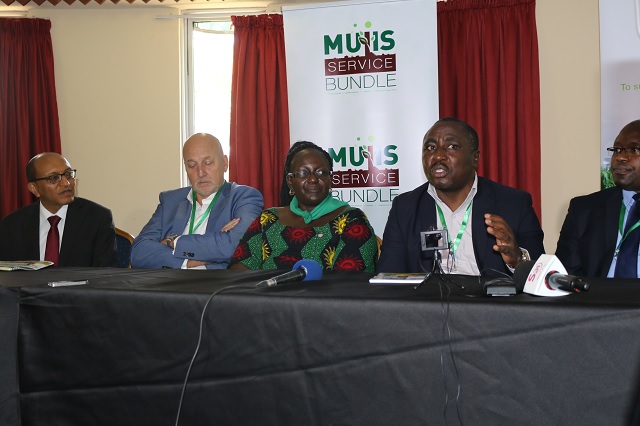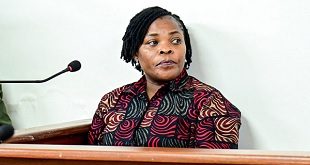
Kampala, Uganda | Julius Businge | A total of 250, 000 smallholder farmers have been digitally profiled by a development organisation – The Technical Centre for Agricultural and Rural Cooperation (CTA) – in a bid to support their use of information communication technology tools to trade.
The profiling was done under a project dubbed ‘Market-led user-owned ICT4Ag-enabled information services [MUIIS]’ that started as phase one (pilot) in September 2015.
Targeted farmers are supposed to subscribe to the MUIIS service to be able to access agriculture and related information.
Speaking at the unveiling of the phase one results, the project’s technical officials said out of the 250, 000 profiled smallholder farmers, only 3, 200 have subscribed to the service, representing a paltry 1.2%.
Part of the reasons for the low subscription performance, according to Michael Hailu, a director at CTA is attributed to the Shs20, 000 that each farmer is supposed to pay as subscription fee to access the service.
However, other officials told The Independent that the lack of attitude to pay for agricultural extension services by Ugandan farmers is largely to blame for the low uptake of the service.
“Ugandan farmers are used to free things…but we hope that attitude will change as we launch phase two of the project,” said another official.
Hailu said that the database of the 250, 000 farmers was used to provide a kind of collateral to underpin a loan from Rabobank Foundation which farmers can use to obtain funds to purchase seeds, fertilizers and other related inputs.
In addition, farmers subscribed to the MUIIS service are getting agricultural tips on weather, agronomic information and financial services including what they termed as index-based insurance and loans.
Quoting a report conducted by the Alliance for Green Revolution in Africa (AGRA) in collaboration with the National Agricultural Research Organisation of Uganda, officials said that those farmers who subscribed to the bundle have realized an increase in maize productivity of up to 67%. They also saw an average productivity increase from US$520 per hectare to US$520.
While launching the phase two of the project, Christopher Kibazanga, the junior minister for agriculture said the government would support the project through research and extension services that are embedded in government’s long term development agenda.
“We are committed to building partnerships with development partners,” he said. “What you have share….what we have, let’s share with you.”
Uganda has around 69% of its population engaged in the agriculture sector, majority of these, are scattered smallholder farmers. The sector contributes 26% to national GDP, according to government data.
 The Independent Uganda: You get the Truth we Pay the Price
The Independent Uganda: You get the Truth we Pay the Price



